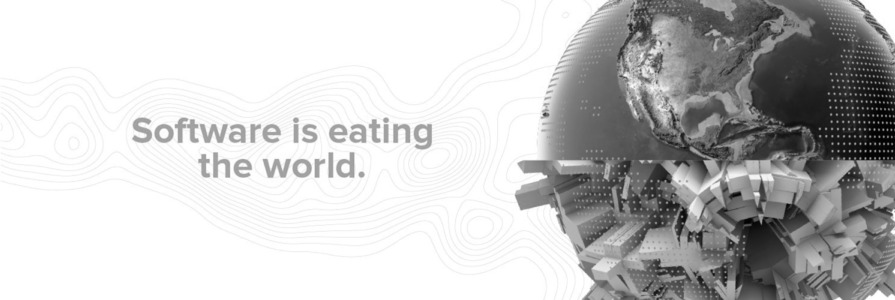
We recently listened to this A16Z episode on GTM #1: The New Enterprise Go To Market with Figma. While we do not have a commercial relationship with Figma, we do use Figma and many more software products and services.
Dylan Field, CEO and founder of Figma, did a remarkable job of distilling their Go To Market philosophy and demonstrated Figma’s product-focused, user-first sales approach.
Build it and they will come. Figma’s genius freemium model gets users engaging with their product and sold on it before they realise.
While that works for some easy access collaborative tools, that doesn’t work for CRM systems like Salesforce. Salesforce is a much more complex software ecosystem. As Ben Horowitz says in the pod, “Big systems like Salesforce require ‘many cats to heard’. It is the kind of software system that is ‘only bought once in a company’s lifetime’”.
Most companies do not know how to buy this type of software, or run the process of buying software. Not all software can be downloaded and deployed in a matter of seconds. Although we have seen this happening in the SMME-focussed CRM space too with the likes of Monday.com and others.
Software is technology that makes people’s lives simpler. Salesforce is a tool best equipped for centralising an enterprise’s disparate, clunky systems. Having one common back-end allows for a 360 view on the company’s true assets: its customers.
Nevertheless we can draw parallels between Figma and Salesforce. Salesforce focusses on ease of use and good UX/UI design. It fosters user adoption and super-user following within the enterprise it is operating. Yes, we might be comparing apples with pears to some degree, but both Figma and Salesforce drive user adoption through being the best-looking and functional software out there. People want to work with both of these programs.
Salesforce is much further down the line in maturity and feature set size than Figma. (See more on Our Salesforce Learnings on the PYGIO site). The A16Z pod explains that when SaaS reaches a certain critical mass, it needs to be sold through education. After all, who would know where to start using a system free of charge to centralise your workplace, automate robotic processes, operate as a single back end, enable sales tracking and lead generation and most importantly, manage your customer’s seamlessly.
Sure, if a CRM offered only one of these features, perhaps a free version might allow for user adoption. But Salesforce is a titan in the product space, enabling a myriad of modules, and its benefit would not be realised by the users through this model of selling.
Something that has worked to create stickiness for both Figma and Salesforce is user-centricity and community. Dylan explains at how feedback is crucial in product design and feature growth at Figma. Salesforce is a system which can be tailored to almost any enterprise by configuring its native modules together with the company’s legacy systems. Deep investment of time has been done to create an industry-specific module for each type of business out there, unlike how Figma has focussed its efforts narrowly on being the best design collaborative tool on the market – for the designer niche.
‘Community’ encompasses developers, architects, designers and business people. Salesforce endeavours to place the developer and configurators first. Having the best training programs out of any enterprise SaaS that we have seen, Salesforce takes their maxim of user-centricity and applies this to developers too. Similarly, Figma has created this sense of community especially well amongst designers. This is a key factor in retaining users and ultimately revenue.
Selling software as a service is evolving to a low touch model, and so too is the development and use of this software. So the true platform winners will be the ones that deliver relevant value, not the platforms that are pushed the hardest.


